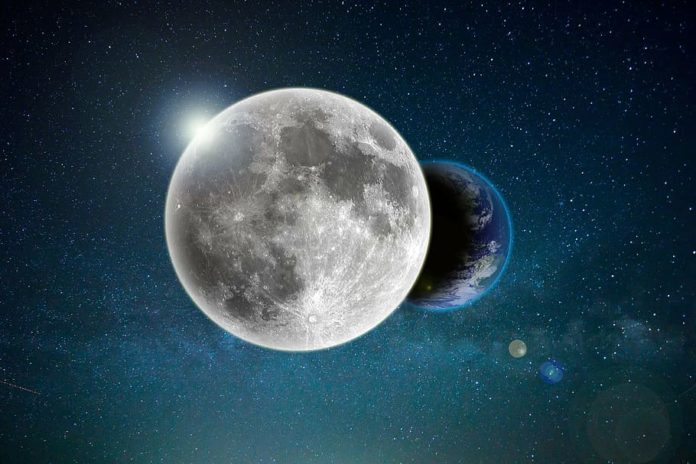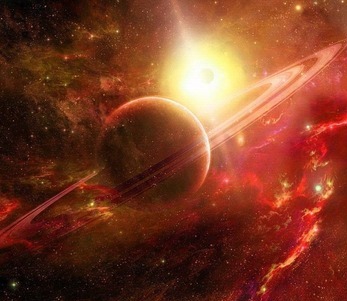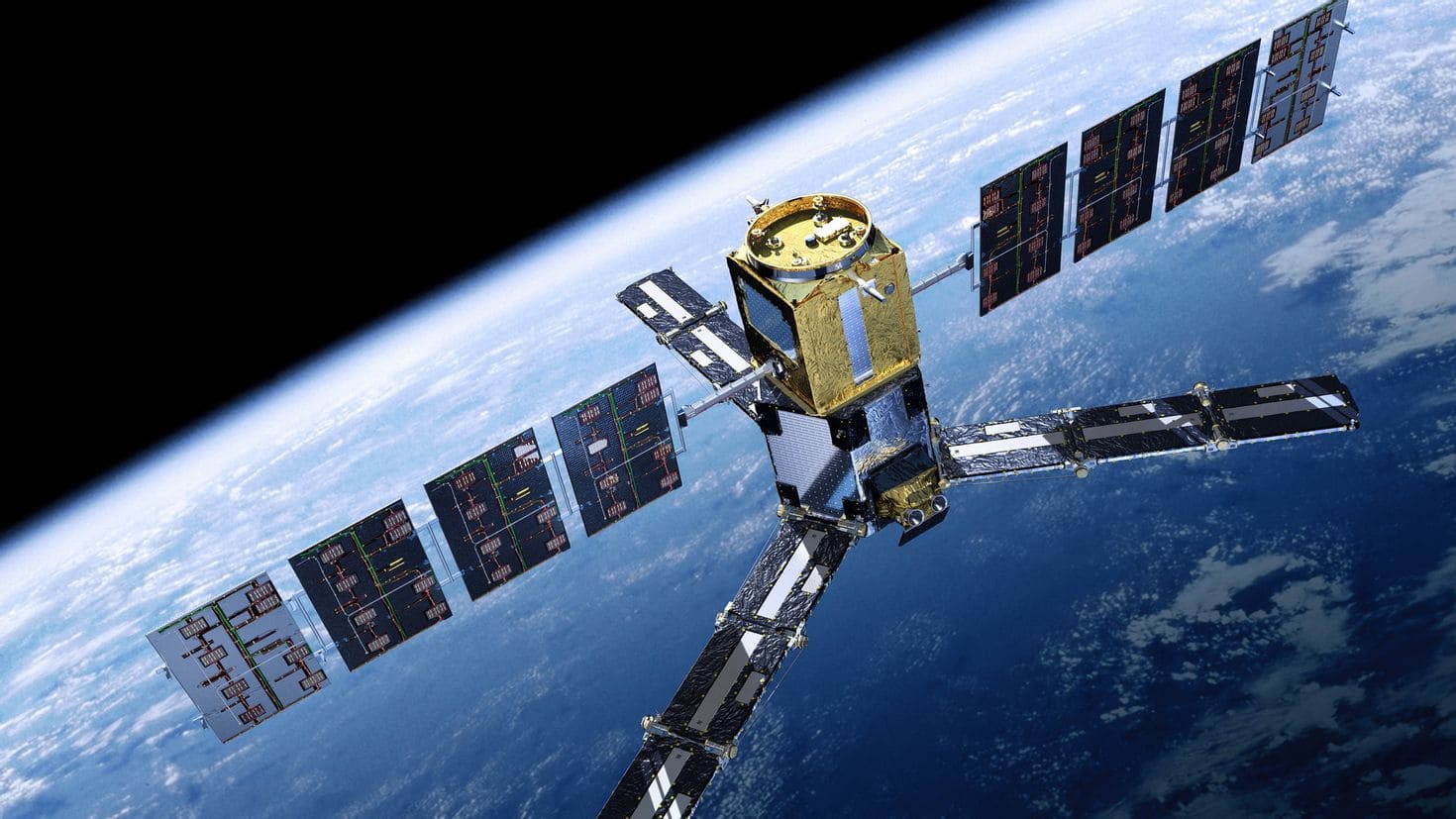The origin and composition of the Moon’s atmosphere
At first glance, it seems surprising that our closest cosmic neighbor, the Moon, has practically no atmosphere. After all, the Earth, also located in outer space, is surrounded by a dense layer of air. Why did the surrounding lunar space turn out to be “empty”?
The fact is that the Moon formed completely differently from our planet. Unlike the Earth, the Moon does not have powerful geothermal activity of the subsurface, and gravity on its surface is almost 6 times weaker than Earth’s. That is why the atmosphere that the Moon might have had after its formation dissipated into space during the first hundreds of millions of years.
At the moment, there are only traces of rarefied gases, mostly inert ones, such as argon, neon, sodium and potassium. Their total pressure in the near surface layer is only about 1010 Pa, which is a trillion times less than the atmospheric pressure of the Earth at sea level!
Nevertheless, the composition and origin of the lunar “atmosphere” are very diverse. Some of these gases are of volcanic origin, and some are of solar origin. Some isotopes arose as a result of the bombardment of the surface by the solar wind and cosmic rays. But the main thing is that all these gases cannot linger for long because of the weak gravity of the Moon.
The weight and dimensions are too small
Although the mass of the Moon is about 1% of the mass of the Earth, this is not enough to keep a significant amount of atmospheric gases from escaping into space. For comparison, Mars has a mass 10 times less than Earth, but due to its larger size, it was still able to maintain a rarefied atmosphere of carbon dioxide and nitrogen.
In addition to the low mass, the Moon is enclosed in another “trap of the atmosphere” – the absence of a magnetic field. Unlike Earth, Mars and other planets, the satellite of our planet practically does not have its own magnetic field capable of protecting the atmosphere from the effects of the solar wind.
Because of this, intense “erosion” of the upper layers of the lunar soil and the knocking out of individual charged particles from the surface under the influence of a stream of solar plasma is constantly occurring. Thus, even if the Moon had denser gases, they would quickly be “blown away” by the cosmic wind.
Attempts to detect the lunar atmosphere
Despite the extremely rarefied state of the residual atmosphere of our natural satellite, scientists do not stop trying to at least indirectly record the presence of gases in the surrounding lunar space. Various remote sensing methods are used for this purpose, including the study of reflected sunlight and its spectrum, the measurement of scattered radiation, as well as observations of processes related to the ionization of the surrounding lunar space. For more accurate observations, researchers send special spacecraft into lunar orbit, such as moon rovers and orbiting probes, which conduct many scientific experiments and collect data on the composition and structure of the lunar environment.
And although they confirmed that the Moon’s atmosphere is extremely rarefied and mainly consists of various inert gases, each new study brings us closer to a deeper understanding of its nature and origin. These efforts not only expand our knowledge of the Moon, but also help us better understand the processes taking place in outer space as a whole.
Thus, although the Moon lacks a dense atmosphere, this does not prevent us from exploring and studying its mysterious characteristics, expanding our understanding of the nature of our cosmic neighbor and the universe as a whole.



